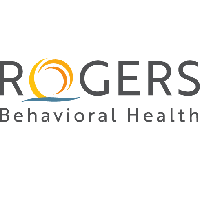
North Central Health Care pursues renovations, study to prepare for future
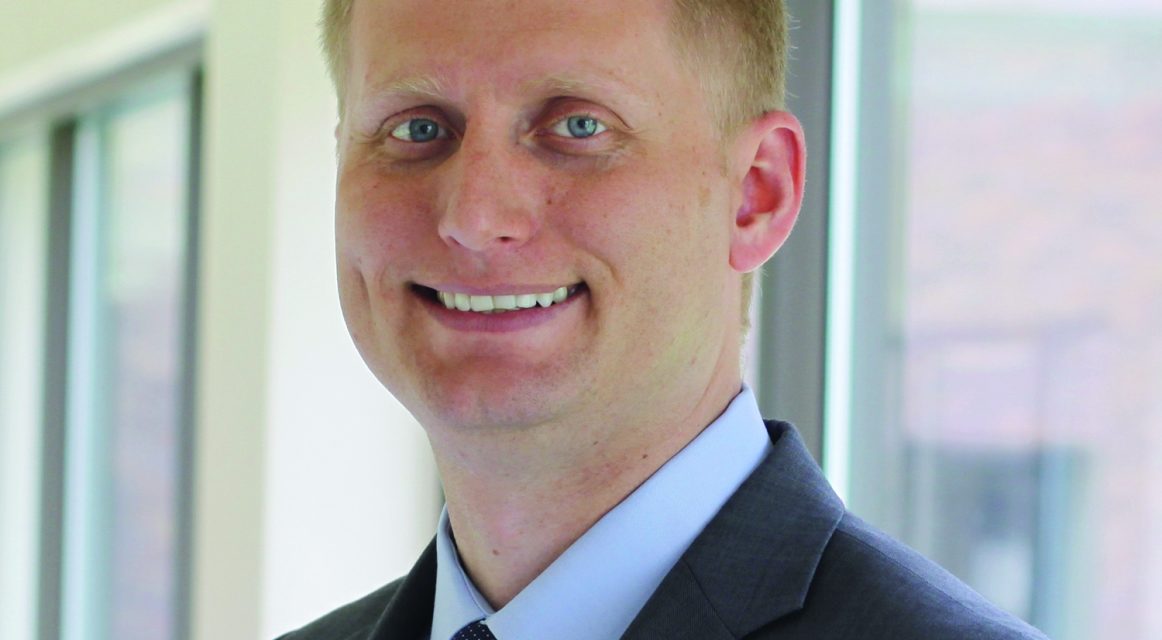
Michael Loy, CEO of North Central Health Care, said that a major renovation project and a study they’re doing on mental health needs in the community will position the central Wisconsin provider for the future.
North Central Health Care is a partnership between Marathon, Lincoln and Langlade counties. The provider offers mental healthcare and nursing home care, among other services.
Loy said in a recent interview that they’re working to prepare their facilities and operations to treat more acutely ill patients with higher needs, as the area’s residents age and healthcare changes.
“We don’t have the luxury of a long period of time to do that,” he said in a recent interview. “That’s an interesting proposition for the future and I think we are preparing our facilities to do that and we have to operate within a broader system to be successful.”
Edited excerpts are below.
WHN: North Central Health Care is in the midst of a major $73 million expansion plan. What does it aim to do?
ML: We’ve been around for over 125 years in some form or another. But as a mental health system and a skilled nursing provider and as North Central Health Care as we’re currently organized, we’ve been around for about 47 years.
The campus here that we operate out of, and we have 21 different locations now, but our main campus with our inpatient psychiatric hospital and our skilled nursing facility is approaching 50 years old. And we obviously provide an important service to the community. Those two sectors have very tough operating propositions, if you will, in terms of their ability to continue to be successful, especially in today’s healthcare world. And as we looked at where we’re at, where we need to go, there was a need for us to address some of our facility needs here.
WHN: What led to the effort?
ML: One of the cornerstone pieces of this project was our aquatic therapy pool, which is 45 years old. And that pool has passed its useful life. It’s very beloved by our community. It’s a very unique program, and it keeps people out in the community. Really what was an incredible part of this whole project was that our community – it’s a $6 million aspect of the whole project. And our county board gave us, because this is a county-owned facility, six months to raise $3 million from the community. And that’s almost an impossible proposition. We got it done in four months because of the support the pool has in the community. So that was really kind of a jumpstart for the whole thing.
As we looked at that, and all of the facility needs that needed to be addressed because the last time we had a major renovation was almost 35 years ago, we looked at it as this is an opportunity to take a comprehensive approach to completely redefine our campus, to set us up really for the next 50 years. And we could have spent a decade kind of clicking off individual projects, but it wouldn’t have provided the comprehensive approach and the opportunity to redefine ourselves as an organization.
WHN: What’s involved in the plan?
ML: It’s a four-phase project. The first phase includes the aquatic therapy pool, which started in August of last year and will open in April of this year. We also started phase 1B, which includes a new 8-bed youth hospital, a psychiatric hospital, and then a 16-bed crisis stabilization facility. Those will be new buildings. The youth hospital is something we currently don’t do and it’s badly needed, and we’re excited to open up that later this year. The crisis (community-based residential facility) is something we currently do, but we’ll be expanding the access to that and opening that around the same time.
Phase two is building the new 96-bed nursing tower. The second story will have a ventilator unit. Third floor will be a rehab and long-term care unit, and then the fourth floor will be a dementia care program. And then phase three will be the new administrative building renovations that includes lab, pharmacy and the outpatient clinic. And then the second story of that will include more skilled nursing beds, about 80 or so.
And then phase four would be the inpatient hospital and our residential drug treatment program. So we’ll be renovating that and completely redefining the environment there for the hospital and then expanding our residential treatment program, doubling in size in the next two years.
WHN: North Central Health Care is working with the Human Services Research Institute on a study of the area’s mental health system. What’s involved with that?
ML: Obviously, there are a number of issues going on in the state right now. There’s unmet mental health need in the community that’s presenting itself in the interaction of law enforcement and the flow through emergency room and acute care hospitals. Those issues are kind of pressure points within the community. And as you try to solve those problems, there’s a lot of people who have perspectives on how you do that. What our community has lacked, and we aren’t unlike other communities where mental health and addiction are pressing community issues, but as a community, we’ve never defined what a modern and effective mental health and addictions system would look like for a community of our size. So based on the needs and the size of our community, what would a modern and effective mental health system look like?
Within that, North Central Health Care obviously provides a backbone around emergency crisis care, and we do some work around outpatient and community-based care. But the community, I think, has long believed we should and can do all things within that system. And we don’t, and we can’t. So we have to have a connected system of people in all of the healthcare operations in the community to increase access, fill in the gaps and then coordinate care within that system. Our goal is to define what a modern system would look like, and then start to fill in the gaps of what that mission looks like over the next five to 10 years.
WHN: How are you addressing workforce concerns with mental health?
ML:
It’s really about, for us, creating opportunity for people to come here and learn. So that started with a psychiatry residency program and a partnership with the Medical College of Wisconsin four years ago, when they launched a regional campus here. North Central Health Care really is a backbone for that…So over the last four years, we’ve grown our psychiatry program not only to have the residents here and provide that training, but to do that we’ve had to provide the supervision.
So we’ve added a number of psychiatrists over the last four years, and we have a mix of about 10 FTEs of psychiatry going into this year that we’re close to filling. We’ve hired a couple of residents that are going to be coming out of the Green Bay program that will be joining us in 2021. So the next couple of years, I think we’ll be double digits in terms of the number of psychiatrists that we have. We’ll be training 12 and, eventually, maybe more residents here in central Wisconsin that will hopefully be staying here in the state of Wisconsin. It’s been very successful. We certainly do support the Medical College’s medical school here and some of the longitudinal work that they need to do for their medical students. So we’ve got student learners in the organization here on a physician basis, but then also we’re trying to build a system to do that for the counseling, the Ph.D. level of work and even the bachelor’s level of work needed to develop a conduit and a pipeline for our future workforce.
WHN: Another major mental health challenge is availability of crisis services. What is the status of that in community and how are you planning to address that need?
ML: We’re on average probably doing about 3,000 to 4,000 crisis assessments a year. That’s a community of – we serve three counties – it’s, I believe, 180,000 total residents. That’s a pretty high volume activity-based interaction within our community. And what we’re trying to do around our crisis services is, one, we’ve switched that to be full mobile, so we’re out in the community. Our crisis workers go out into the community to do these assessments and interact within the system. We’re continuously in a process to add higher credentialed or professional staff as part of our crisis services. So we’ve got our residents involved with that.
We would like to get to the point where we can function as a quasi- or full psychiatric (emergency department). I’m not sure if we’re large enough to support a full 24/7 psychiatric ED. But being able to do that within certain timeframes on a regular and daily basis would alleviate some of the pressure on the local emergency rooms from a medical clearance standpoint. And then just really being able to upgrade the ability for us to provide stabilization services. And I think that also includes having open clinics where if people run out of their medications or are not doing well with their medications, they can come in for a quick consult and be able to hopefully avoid a hospitalization.
So our whole goal, and our measure of success for our three counties that we’re serving, is that we’re so good on the outpatient and the stabilization basis that we would have to in-source other county’s or area’s psychiatric patients to be able to have a fully operating hospital. Our goal is to be successful outside the hospital even though we have that asset here.
WHN: How are you looking to keep the skilled nursing facility service sustainable in the future?
ML:
We operate two of the largest five nursing homes in the state of Wisconsin. Not only do we operate Marathon County’s 200-bed skilled nursing facility, we just took on and started operating Lincoln County’s 160-bed skilled nursing facility. The pressures are threefold. It’s reimbursement. It’s labor. And then it’s a changing care environment where basically our census has gone down so much over the last couple of years and will continue to do so because people are aging in place and being able to have some of that traditional long-term care delivered in alternate sites other than a skilled nursing facility, which is fundamentally good.
But nursing homes are inherently expensive operations…so as you’re reducing your census drastically, it’s trying to find what is the new normal in the changing healthcare environment that we have here. And then at the same time, shifting and pivoting to become somewhat of a hospital in terms of the acuity of the patients that we have here.
We have ventilator care here. Our rehab units are taking on higher-acuity patients, more behavioral patients. We have a very large block of our skilled nursing beds around dementia care. We see ourselves as an expert there.
And so as we go forward, also understanding our behavioral health population today is becoming more geriatric, so those adults are now becoming older adults and they have very challenging needs in terms of both medical and psychological needs that make them very high-demand patient, making sure that reimbursement can support the staffing that’s necessary to be able to deliver that level of service is going to be key.
This article first appeared in the Wisconsin Health News daily email newsletter. Sign up for your free trial here.

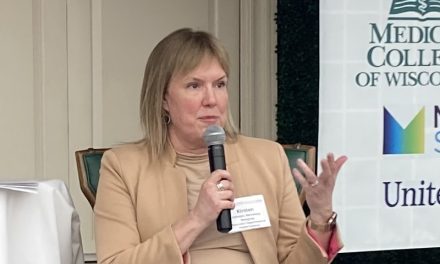
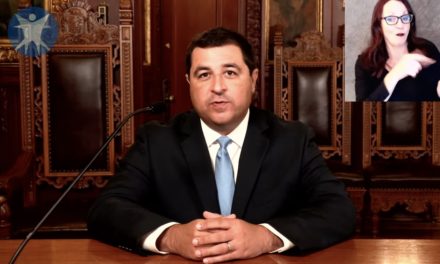








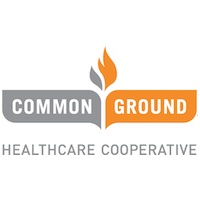


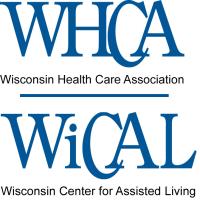











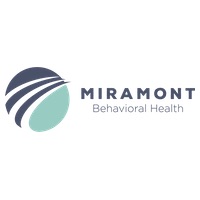
.jpg?bwg=1612548324)
